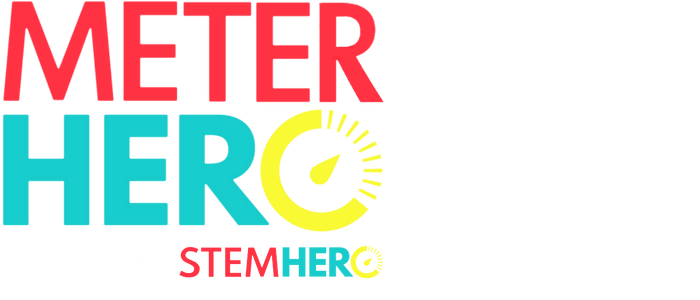In general our thinking about focusing on AP Environmental Science has come down to a few key points:
We see a rapidly expanding participation in Advanced Placement courses, with a national emphasis on making them more equitable
Anecdotally, APES is seen by science teachers as a more accessible course when compared to other AP STEM offerings such as AP Calculus or AP Physics. With an increased focus on environmental racism and environmental justice, AP Environmental Science is seen as a relevant course to offer in lower income and communities of color.
It is often the case that a large percentage of students enroll in the AP Environmental Science course but to not take the exam. One of the first AP teachers who helped develop the MeterHero curriculum was excited for it as a capstone project because so many students of his were not taking the exam. Another APES teacher at a title one school reported that consistently around half of his students take the AP exam. This finding from an individual teacher seems to match the findings in the report from the Wisconsin Policy Forum: many enrolled students are not taking the exam. MeterHero is used by all students whether they take the exam or not. Perhaps more importantly, MeterHero seeks to encourage more students in APES to take the exam — and do well on it — because APES teachers have helped design the curriculum to prepare students for the exam. MeterHero’s built in practice Free Response Question (FRQ) is the perfect example because it gives students practice and confidence that they can analyze data in a similar way to how they will be tasked during the exam.
4. MeterHero sees APES not as the exclusive course in which it can be used, but as the best initial class in which teachers can pilot the program, because of the unique need for a project in the weeks after the AP exam. Most APES teachers will also teach non-AP science courses. Many of them have asked if they can use MeterHero in those "general" classes. The answer is absolutely.
5. MeterHero's real-world inquiry not only aligns well with the Science Practices and analysis questions that students need practice with in order to feel prepared for the exam, but it also relates to their personal lives (home utility data) which is key to building a sense of why the course material matters to their families. Such a sense of self efficacy and relevance was echoed as important in research published by professors at Marquette and Loyola Chicago on MeterHero, as well as what the Policy Forum found:
We were so interested to confirm that we were reaching students of color when thinking about targeting APES classrooms, that Melissa Ruther helped us connect with Stephanie Eidt, a Graduate Student at UW Stevens Point to author a research analysis of MeterHero's demographic reach. That report is available here. I have highlighted some of the key findings.
Mirroring some of Stephanie's findings, we believe that the best strategy to reach students of color would be to make an extra effort to do outreach to schools within districts that serve large populations of students of color. Below is the list of those top ten districts identified in the report:
Relatedly, we wrote about our commitment to equity in this letter to teachers, developed a curriculum extension specifically devoted to equity, worked to integrate role models of color into the curriculum and presented our efforts at conferences. In addition, we have worked from the beginning to ensure students in non-owner and non-single family housing can participate.
We sincerely appreciate you highlighting this important topic and wish to continue partnering to improve upon our service of communities of color.



